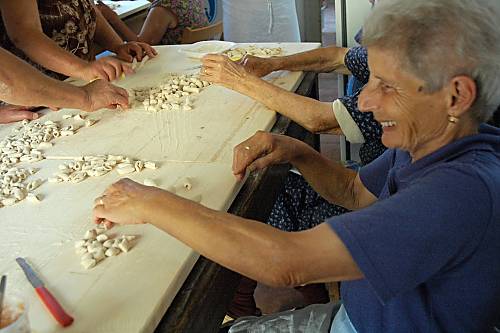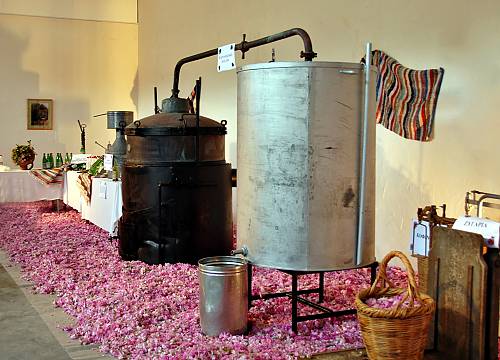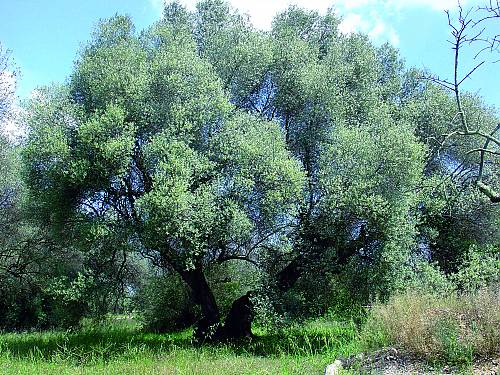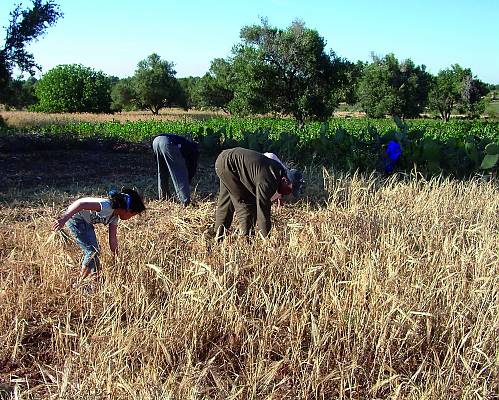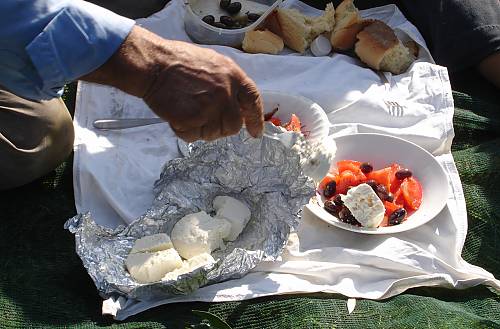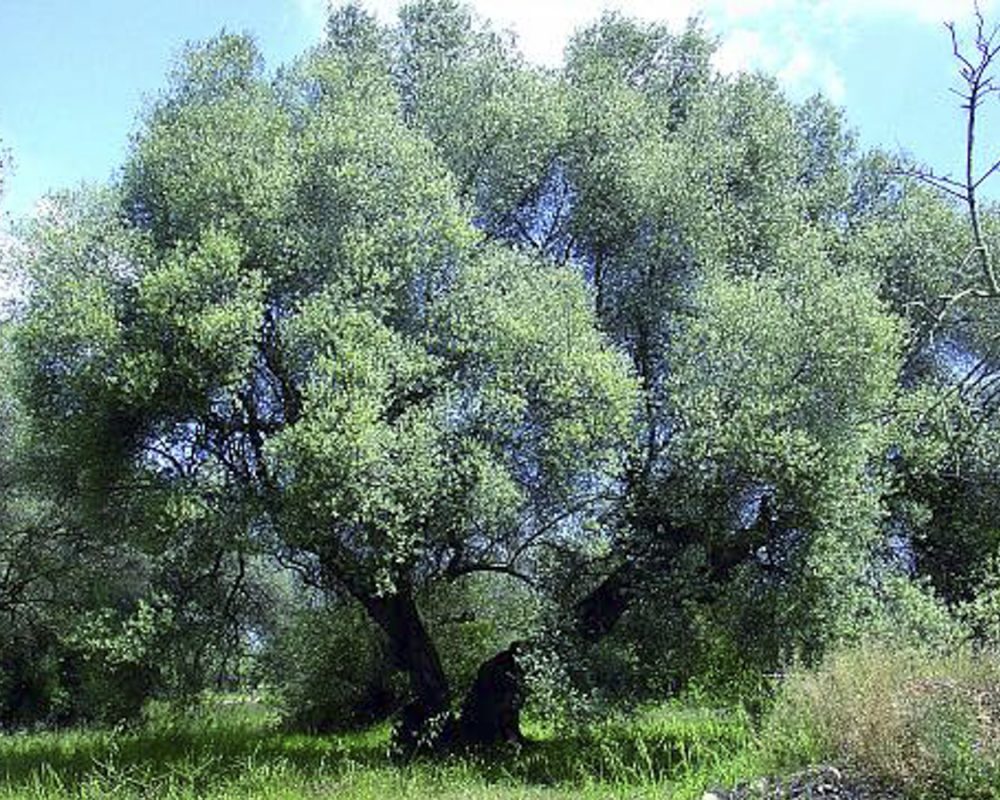Inscribed in 2013 (8.COM) on the Representative List of the Intangible Cultural Heritage of Humanity
1.1 Description of the element
The Mediterranean diet involves a set of skills, knowledge, rituals, symbols and traditions concerning crops, harvesting, fishing, animal husbandry, conservation, processing, cooking, and particularly the sharing and consumption of food. Eating together is the foundation of the cultural identity and continuity of communities throughout the Mediterranean basin. It is a moment of social exchange and communication, an affirmation and renewal of family, group or community identity. The Mediterranean diet emphasizes values of hospitality, neighbourliness, intercultural dialogue and creativity, and a way of life guided by respect for diversity.
It plays a vital role in cultural spaces, festivals and celebrations, bringing together people of all ages, conditions and social classes. It includes the craftsmanship and production of traditional receptacles for the transport, preservation and consumption of food, including ceramic plates and glasses. Women play an important role in transmitting knowledge of the Mediterranean diet: they safeguard its techniques, respect seasonal rhythms and festive events, and transmit the values of the element to new generations. Markets also play a key role as spaces for cultivating and transmitting the Mediterranean diet during the daily practice of exchange, agreement and mutual respect.
1.2 Geographical location and Range of the element:
Cyprus, Croatia, Spain, Greece, Italy, Morocco and Portugal
The geographic location of the element falls within the territorial boundaries of the seven States Parties and involves their respective human communities. We specify the geographic location of the seven emblematic communities:
-Agros (Αγρός)/Cyprus: 806 h (2012) village, in the centre of the island, on the Troodos mountain range, Pitsilia region.
-Brač and Hvar/Croatia: islands of Central Dalmatia. Brač covers 13,012 h (2001) and 395 km2 and Hvar covers approximately 12,000 h and 300 km2. Brač is the largest island in Central Dalmatia.
-Soria/Spain: capital of the province of the same name, located in north-eastern Spain. It covers 271 km2 and has a population of 39,987 people (2011).
-Koroni/Coroni: town in Messenia, Peloponnese, Greece. Seat of Koroni county, belonging to Pylos-Nestoros municipality, covers 105,163 km2 and has a population of 5,067 people (2001).
-Cilento/Italy: sub-region of Campania, southern Italy, covers 24,400 km2 and has a population of 269,759 people (2007).
-Chefchaouen/Morocco: capital of the province and located in northwest Morocco, covers 435,000 ha and has a population of 54,562 people.
-Tavira/Portugal: capital of the municipality of the same name, located in the Algarve, Portugal, covers 611 km2 and has a population of 26,167 people (2011).
1.3 Domain(s) of the element:
Domain(s) of the element as intangible cultural heritage identified according to the Article 2.2 of the Convention:
- Oral traditions and expressions, including language as a vehicle of the intangible cultural heritage
- Social practices, rituals and festive events
- knowledge and practices concerning nature and the universe
- Traditional craftsmanship
Evaluation Body Decision
Decision 8.COM 8.10
The Committee,
1.Takes note that Cyprus, Croatia, Spain, Greece, Italy, Morocco and Portugal have nominated Mediterranean diet (No. 00884) for inscription on the Representative List of the Intangible Cultural Heritage of Humanity:
2.Decides that, from the information included in the file, the nomination satisfies the following criteria for inscription on the Representative List:
R.1:Transmitted from generation to generation, particularly through families, the Mediterranean diet provides a sense of belonging and sharing and constitutes for those who live in the Mediterranean basin a marker of identity and a space for sharing and dialogue;
R.2:Inscription of the element on the Representative List could contribute to raising awareness of the significance of healthy and sustainable food related practices in other parts of the world, while encouraging intercultural dialogue, testifying to creativity and promoting respect for cultural, environmental and biological diversity;
R.3:Safeguarding measures focus on raising awareness, transmission, documentation, revitalization as well as legislative actions; emphasis is placed on strengthening cooperation mechanisms between and among the communities and States concerned;
R.4:Through several meetings, the communities concerned in seven countries participated in the preparation of the nomination and gave their free, prior and informed consent;
R.5:The Mediterranean diet and its local manifestations have been the subject of research and documentation in each of the States Parties concerned and figure into one or more inventories in each State.3.Inscribes Mediterranean diet on the Representative List of the Intangible Cultural Heritage of Humanity.
